Sustainable Cities: What Makes Them Sustainable?
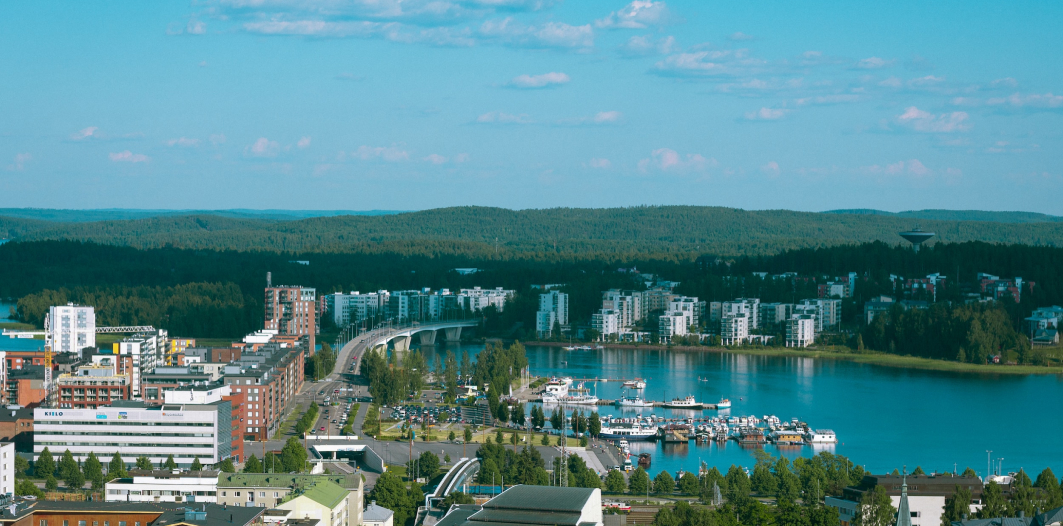
If you could live in a sustainable city, what would that look like? Where would it be? What about that city makes it sustainable?
Most of us wouldn’t think of a city as being ecologically friendly. Cities have more people, placing more demand on natural resources, producing more waste and insanely high carbon emissions.
But sustainable cities are a thing. There are places in the world that actively prioritize sustainability and take steps to reduce their carbon footprint so they can make life better for their people and the surrounding environment.
But how do cities fit with the definition of sustainability?
Sustainability refers to actions or initiatives that preserve or use fewer resources with the express purpose of reducing or improving environmental impact. Some examples of how we can accomplish this include reducing emissions from transportation by walking more or riding bicycles; switching to electric vehicles and renewable energy sources for heat and power; reducing the waste we send to landfills, and prioritizing low-waste or no-waste strategies in construction.
Sustainable cities apply those principles at scale, conserving resources, reducing environmental impact, and improving the lives of the people there. Some of the world’s most cosmopolitan cities have enacted sustainability strategies, expanding greenspace, switching public transportation to renewable fuel, and banning (or planning to ban) gas vehicles altogether.
With these ideas in mind, let’s look at the world’s top ten most sustainable cities and what makes them that way.
Ten Most Sustainable Cities in the World
1. Stockholm, Sweden
Stockholm was the first to be recognized as a European Green Capital in 2010 and plans to be free of all fossil fuels by 2050. One of the ways they intend to accomplish this is by “district heating,” which distributes heat and power from centralized sources and is fueled mainly by biofuel and household waste. Most of its citizens are environmentally aware. They plan developments decades in advance and engage their citizens in urban projects to ensure all issues are addressed.
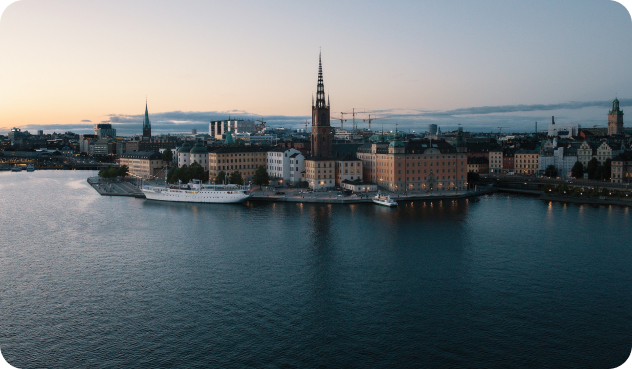
2. Vancouver, Canada
Vancouver is often cited as one of the most sustainable cities in North America. In 2022, it ranked 16th in the Arcadis Sustainable Cities Index. The city is firmly committed to environmental protection and has been working towards transitioning to zero emissions buildings (ZEBs) for all new construction by 2030 and 100% renewable energy by 2050. Vancouver also has an excellent public transportation system and is home to extensive parks and green spaces.
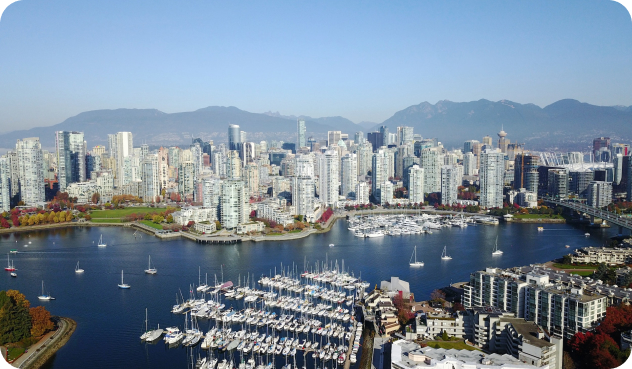
3. Copenhagen, Denmark
Copenhagen is often cited as one of the world’s most sustainable cities based on its strong focus on environmental sustainability, which includes the goal of becoming carbon-neutral by 2025. Copenhagen also promotes sustainable transportation, maintaining an extensive network of bicycle lanes and a free public transportation system for residents and visitors.
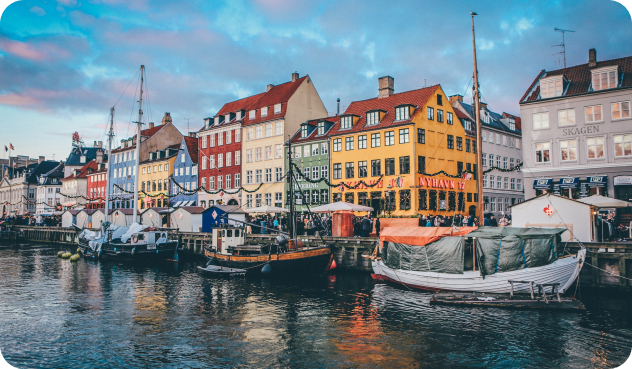
4. San Francisco, California
San Francisco is another US city often lauded for its sustainability efforts. The city has a goal of carbon neutrality by 2050, and it has already implemented a number of initiatives to get them there, including banning new gas and diesel cars; investing in renewable energy sources; planting trees throughout the city; and requiring all new commercial buildings to be LEED certified.

5. Oslo, Norway
Oslo ranks high on lists of the most sustainable cities in the world. The city has set a goal to become carbon-neutral by 2030, and it has implemented some policies to reduce greenhouse gas emissions. In their efforts to reduce vehicle emissions, Oslo now has the highest concentration of electric vehicles. They prioritize recycling their waste into useful products, and the country runs on 100% renewable (hydro) energy.
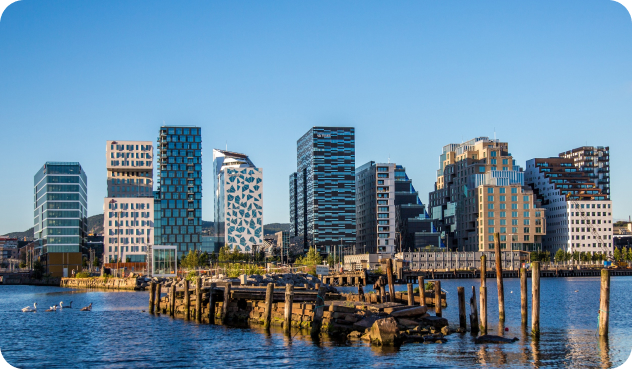
6. Singapore
Though it is one of the most densely populated cities in the world, Singapore is the most sustainable city in Asia and is working towards zero emissions by 2050. Some of their active initiatives include planting trees, quadrupling solar energy deployments by 2025, reducing waste sent to landfills by 30%, and requiring Green Mark Certification on 80% of its buildings by 2030.
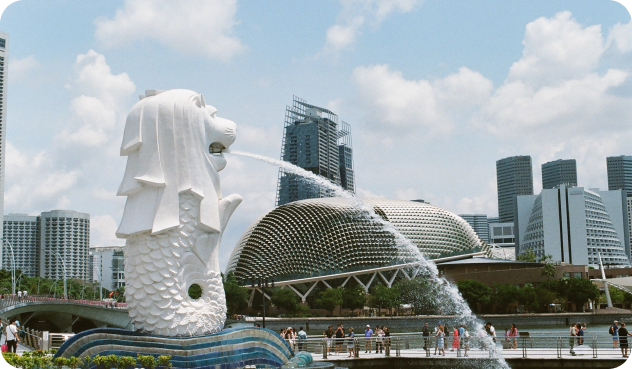
7. Zurich, Switzerland
Most of Zurich’s green initiatives focus on waste reduction, renewable energy, and efficient public transportation. Much like some of the other European cities mentioned here, bicycles are the preferred method of transport, and you can find one for free just about anywhere in the city. Car-free roads are everywhere and aligned with public transportation routes for ultimate convenience. Sustainable building codes are strictly enforced, and businesses are accountable for energy use and waste reduction.
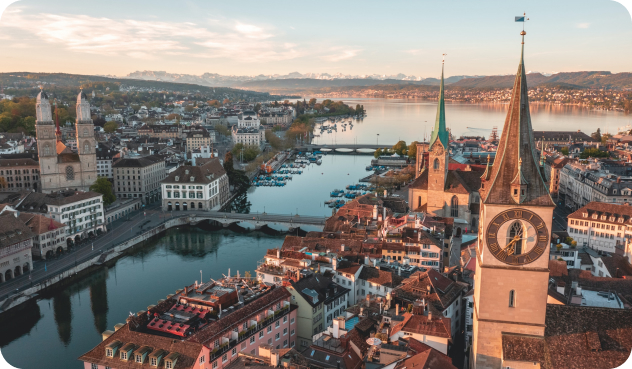
8. Madrid, Spain
With green space everywhere you look, Madrid is, quite literally, one of the world’s greenest cities. As part of their environmental commitment and in an effort to improve air quality, they are even planting a massive green wall around the city and a 75-acre forest containing almost half a million trees. As of 2023, their public transportation fleet is 100% fossil-fuel free. Fewer emissions and more trees to process the remaining carbon make Madrid a cleaner, greener, and cooler place to be.
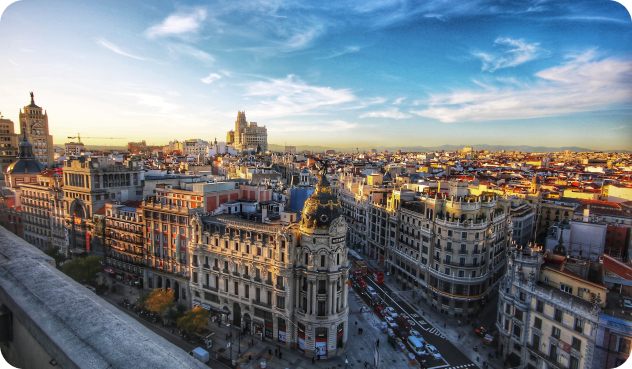
9. Reykjavik, Iceland
Reykjavik is a zero-emission district and the leading renewable energy city in the world. The fact that Iceland is an island presents many challenges. Reducing waste and preserving the natural environment is crucial to the future of Iceland and its people. Reykjavik sources 73% of its power from hydroelectricity and the rest from geothermal, which is responsible for 95% of Reykjavik’s heat and hot water. Most citizens live less than five minutes away from greenspace, and like Stockholm, they employ a district heating strategy.
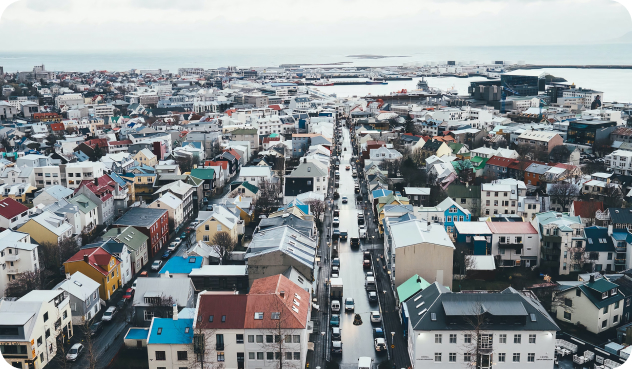
10. Amsterdam, Netherlands
Amsterdam was the first city in the world to appoint a Chief Resilience Officer, and it has been working hard to improve its sustainability in recent years. The city has a goal of 95% carbon reduction by 2050, and it has already implemented initiatives to help reach this goal, including a ban on fossil-fuel-burning cars by 2030, a tax on airplane tickets, and a plan to plant millions of trees throughout the city.
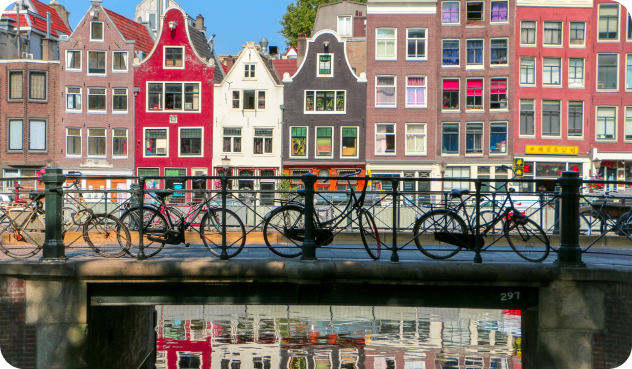
These are just a few examples of what some cities are doing to reduce their environmental impact. If your city isn’t living up to your sustainability commitment, is it time to move on?
References
- https://insideevs.com/news/534890/countries-states-gas-car-bans/
- https://international.stockholm.se/globalassets/ovriga-bilder-och-filer/stockholm-a-sustainably-growing-city.pdf
- https://www.arcadis.com/en/knowledge-hub/perspectives/global/sustainable-cities-index
- https://vancouver.ca/green-vancouver/zero-emissions-buildings.aspx
- https://www.renewablecities.ca/projects/supporting-vancouvers-100-re-strategy
- https://vancouver.ca/parks-recreation-culture/stanley-park.aspx
- https://international.kk.dk/about-copenhagen/liveable-green-city/carbon-neutral-capital
- https://carbonneutralcities.org/cities/san-francisco/
- https://www.cbsnews.com/sanfrancisco/news/ev-infrastructure-key-california-2035-ban-internal-combustion-cars/#:~:text=EV%20infrastructure%20key%20to%20state's%202035%20ban%20on%20internal%20combustion%20cars,-By%20Max%20Darrow&text=SAN%20FRANCISCO%20%2D%2D%20With%20California,handle%20such%20a%20major%20change.
- https://everbluetraining.com/cities-requiring-or-supporting-leed-2015-edition/
- https://carbonneutralcities.org/cities/oslo/
- https://www.greenplan.gov.sg/
- https://www1.bca.gov.sg/buildsg/sustainability/green-mark-certification-scheme
- https://www.stadt-zuerich.ch/portal/en/index/portraet_der_stadt_zuerich/environmental-strategy.html
- https://www.zuerich.com/en/visit/sport/zurich-rollt
- https://www.euronews.com/green/2021/07/16/madrid-building-a-huge-urban-forest-in-bid-to-combat-climate-change
- https://eurocities.eu/latest/madrid-bets-on-the-sustainable-future/
- https://www.greencitytimes.com/reykjavik/
- https://wwf.panda.org/wwf_news/?204451/Reykjavik-geothermal-energy
- https://www.cmcc.it/lectures_conferences/future-proof-cities-responding-to-climate-change-in-the-netherlands-and-italy-circular-economy-and-resilience
- http://carbonneutralcities.org/wp-content/uploads/2020/01/Amsterdam-Climate-Neutral-Program-2-pager.pdf
- https://www.fleeteurope.com/fr/new-energies/netherlands/article/amsterdam-ban-fossil-fuel-cars-2030?a=FJA05&t%5B0%5D=Electrification&curl=1
- https://landlifecompany.com/news/land-life-company-announces-it-will-plant-3-million-trees-in-2020/






